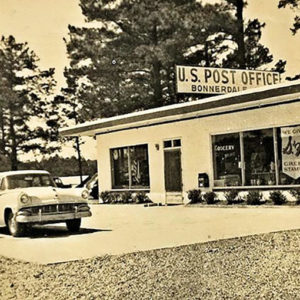 Bonnerdale Post Office
Bonnerdale Post Office
Entry Category: Cities and Towns
 Bonnerdale Post Office
Bonnerdale Post Office
 Bonnerdale Street Scene
Bonnerdale Street Scene
 Bonnerdale Street Scene
Bonnerdale Street Scene
Bono (Craighead County)
Booneville (Logan County)
 Booneville Bank
Booneville Bank
 Booneville Street Scene
Booneville Street Scene
Boothe (Scott County)
 Boston General Store
Boston General Store
Boswell (Clark County)
Boswell (Izard County)
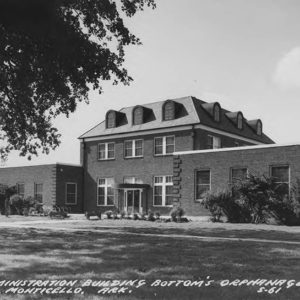 Bottom's Orphange
Bottom's Orphange
Boughton (Nevada County)
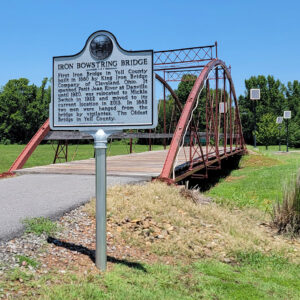 Bowstring Bridge
Bowstring Bridge
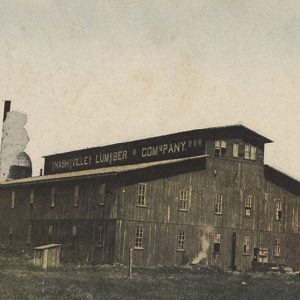 Box Factory
Box Factory
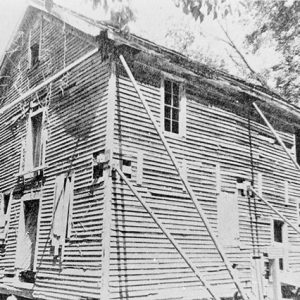 Boxley Mill
Boxley Mill
Boxley (Newton County)
 Boxley Bridge
Boxley Bridge
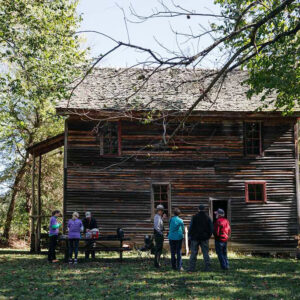 Boxley Grist Mill
Boxley Grist Mill
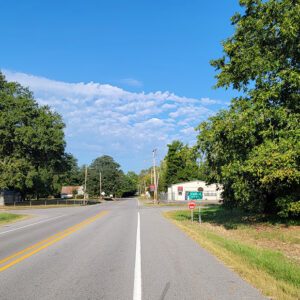 Entering Bradford
Entering Bradford
Bradford (White County)
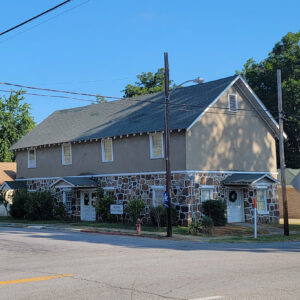 Bradford Library
Bradford Library
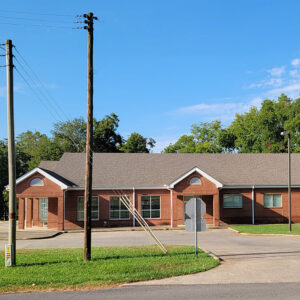 Bradford Post Office
Bradford Post Office
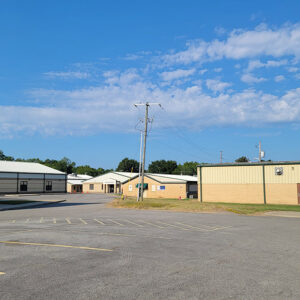 Bradford School District
Bradford School District
 Bradford Seniors
Bradford Seniors
 Bradford Street Scene
Bradford Street Scene
 Bradford Water Tower
Bradford Water Tower
Bradley (Lafayette County)
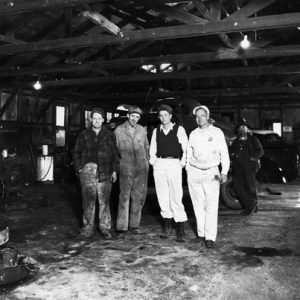 Bradley Motor Co.
Bradley Motor Co.
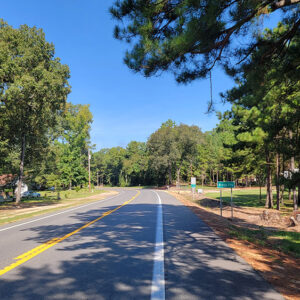 Entering Bragg City
Entering Bragg City
 Bragg Lake
Bragg Lake
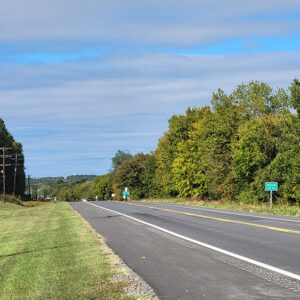 Entering Branch
Entering Branch
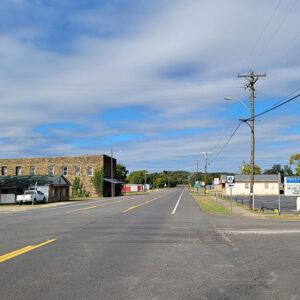 Branch Street Scene
Branch Street Scene
Branch (Franklin County)
 Branch City Hall
Branch City Hall
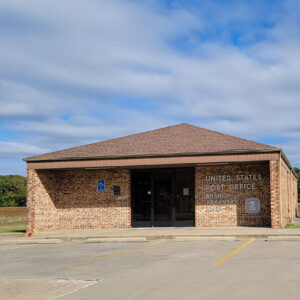 Branch Post Office
Branch Post Office
Brawley (Scott County)
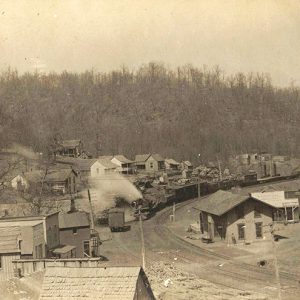 Brentwood Street Scene
Brentwood Street Scene
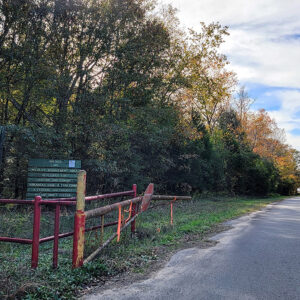 Brewer Lake
Brewer Lake
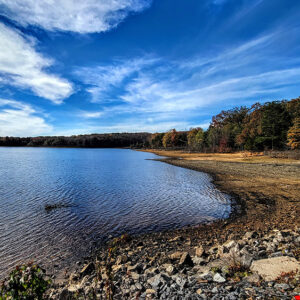 Brewer Lake
Brewer Lake
Briarcliff (Baxter County)
 Brick Company
Brick Company
Brickeys (Lee County)
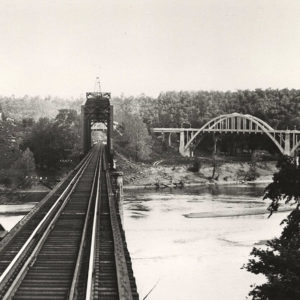 Bridge 178
Bridge 178
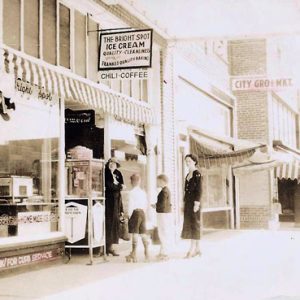 The Bright Spot
The Bright Spot
 The Bright Spot Interior
The Bright Spot Interior
 Entering Brinkley
Entering Brinkley
Brinkley (Monroe County)
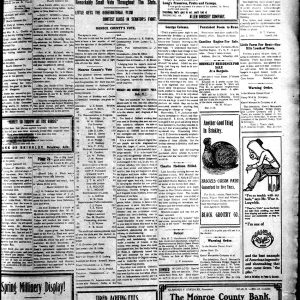 Brinkley Argus
Brinkley Argus
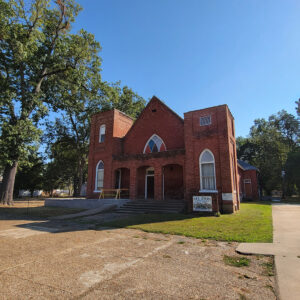 Brinkley Church
Brinkley Church




